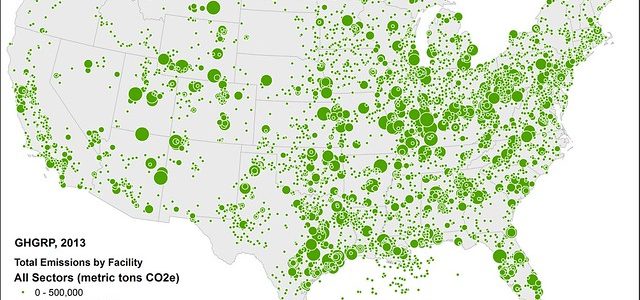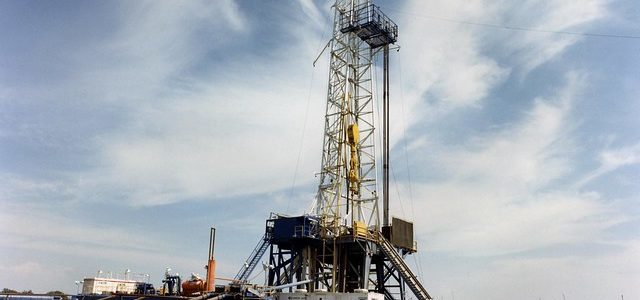According to the folks at Vox and data from Co2 Earth, our planet has hit an average PPM of about 410. The recommended benchmark for CO2 amount (measured by PPM) is 350. So, we are well past concerning levels for our climate.
But there seems to be a bright spot on the horizon. Moving past some of the more basic policies for curbing carbon emissions, like putting a cap on carbon, there are more involved methods that could radically reduce emissions.
Some of these methods include Carbon Dioxide Capture and Sequestration, which means that engineers take carbon from the air (the capture) and pump it into underground formations for storage (the sequestration). But as Vox states, CCS probably won’t be readily adopted because there’s not a lot of economic incentive for organizations to do so.
A way incentivize this is to use Carbon Capture for the purpose of commoditizing and eventually selling CO2 for plastics, carbonated beverages, polymers and other synthetics.
This won’t stop rising CO2 emissions in their tracks, but can certainly help.
Another bright spot is that methane rates have been decreasing.
Methane Rates Are Dropping
As The Hill states in the aforementioned article, “methane emissions in the United States have dropped 15 percent since 1990 even as natural gas production increased more than 50 percent over that same period.” And because natural gas and methane emissions go together like ham and rye, it’s very encouraging to see such a drop.
How are they doing this though? In a similar way to the carbon capture and direct capture methods for CO2, companies are harnessing technology to capture emitted methane. The companies are transporting methane via pipeline to other organizations who then use the methane as fuel. This commoditization of what was once inevitably vented into the air has been an immense bright spot for our climate’s health.
According to The Hill as well, carbon rates have been reduced as a result of the biggest coal plants being shuttered. Or as Scientific American puts it so well, “Coal plant closures have been a feature of U.S. power markets for the better part of a decade, as stagnant demand, low natural gas prices and increasing competition from renewables have battered the coal fleet.”
So, as methane rates are continued to be locked down and controlled and renewables continue to replace coal, there are definite bright spots to glean despite the immense amount of work still to be done to keep our planet safe.

